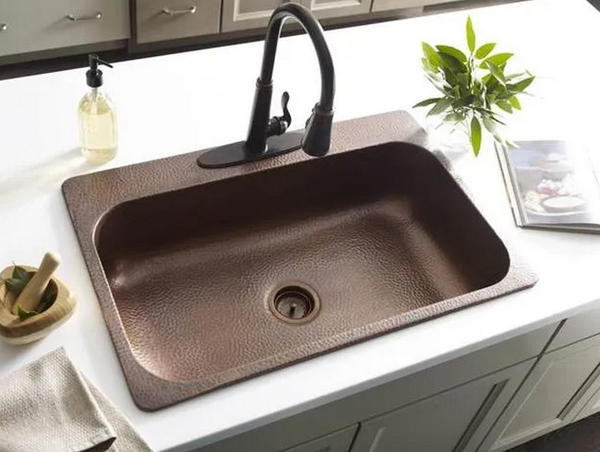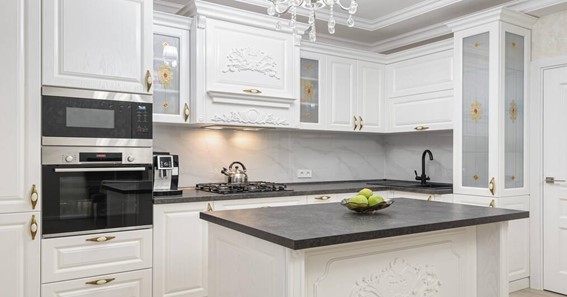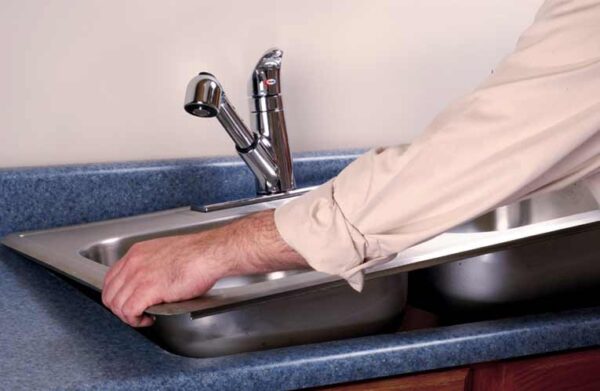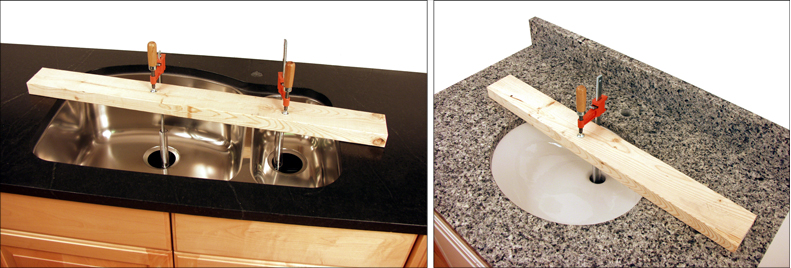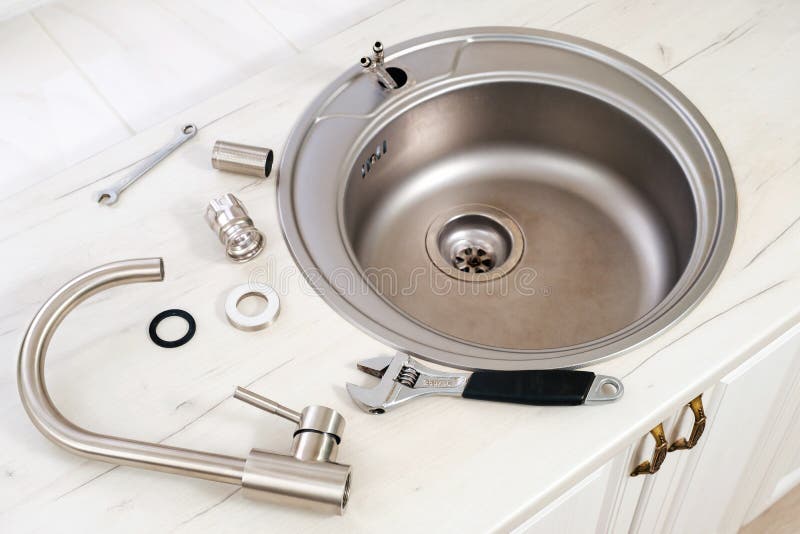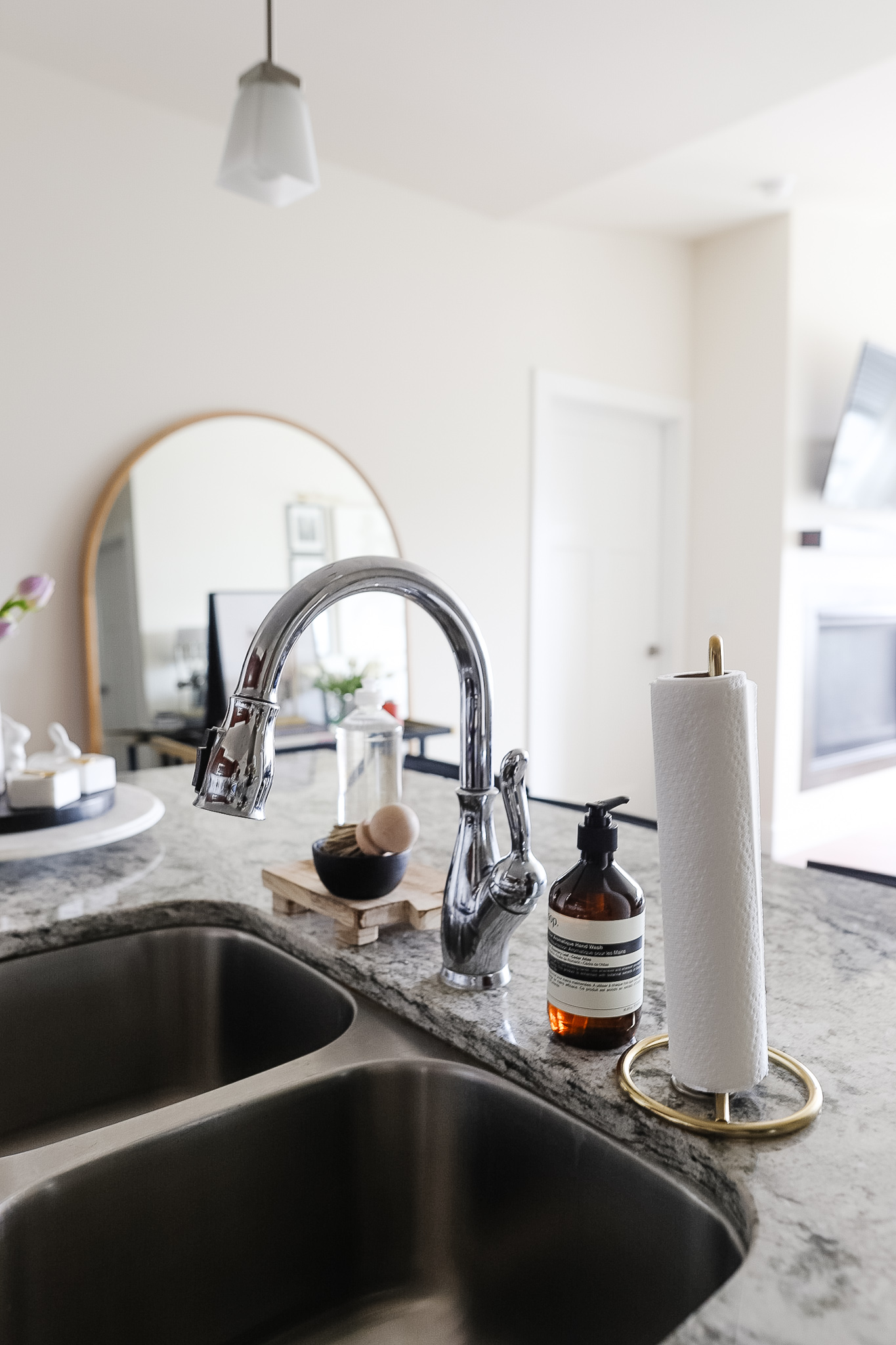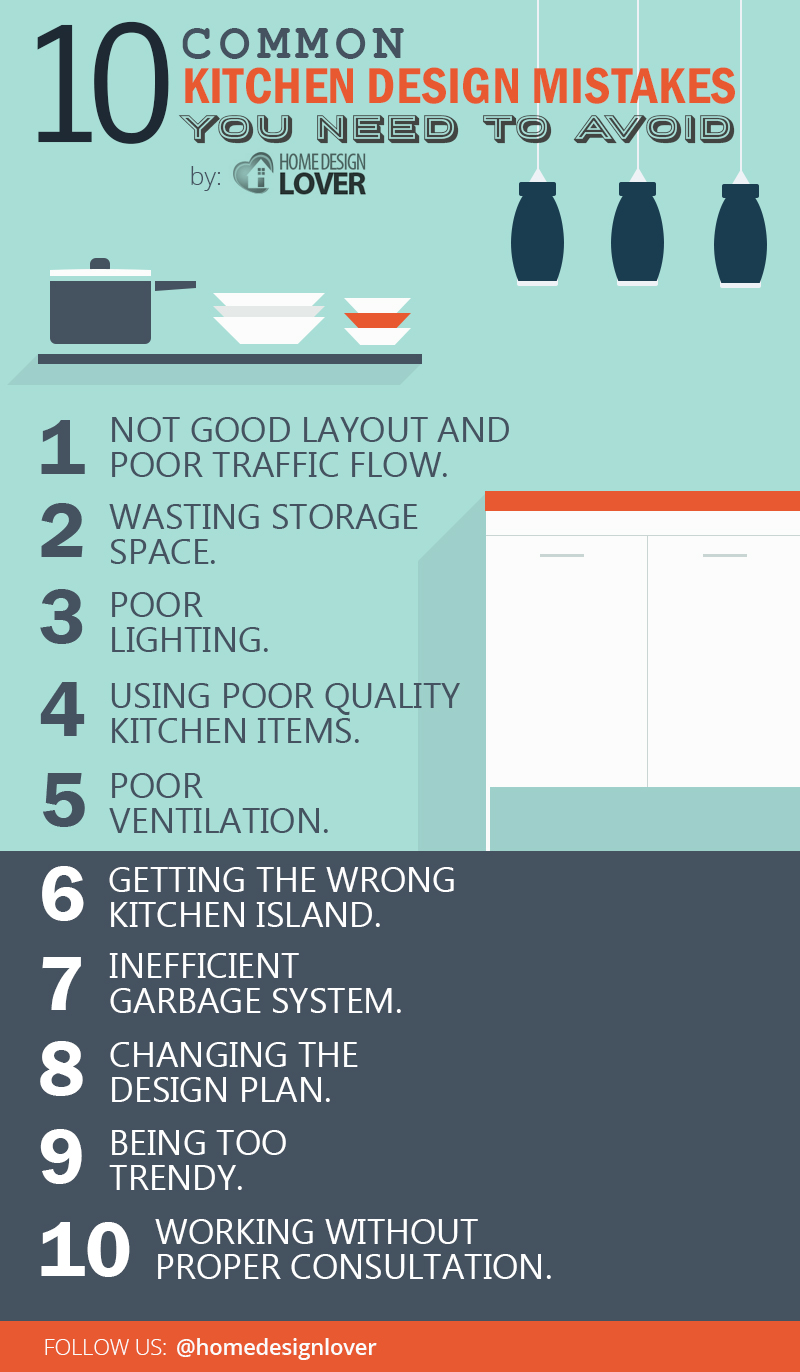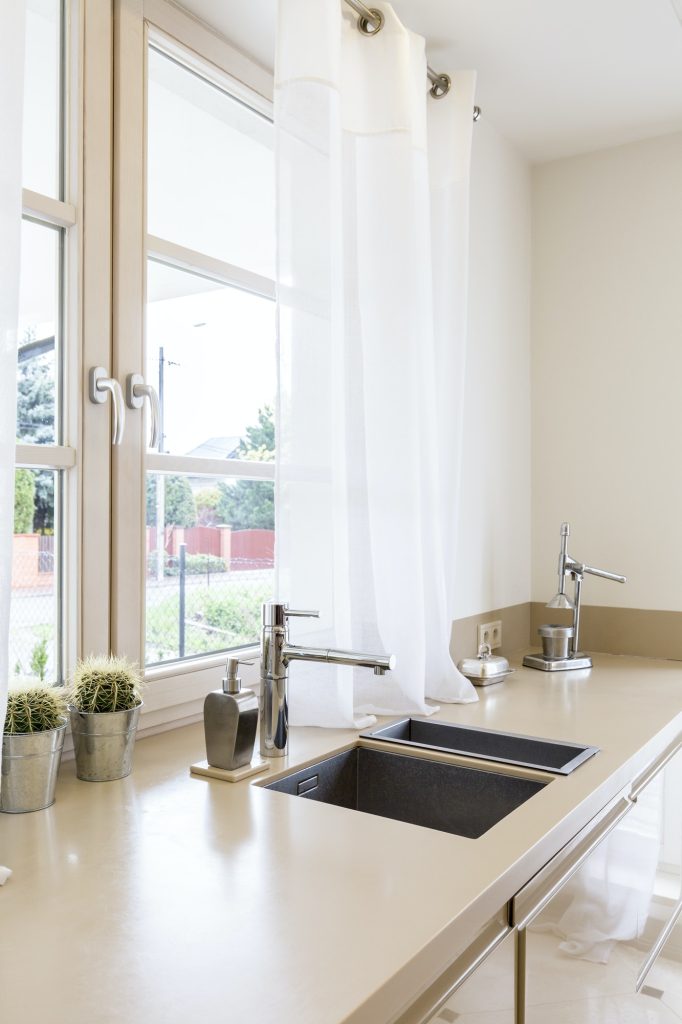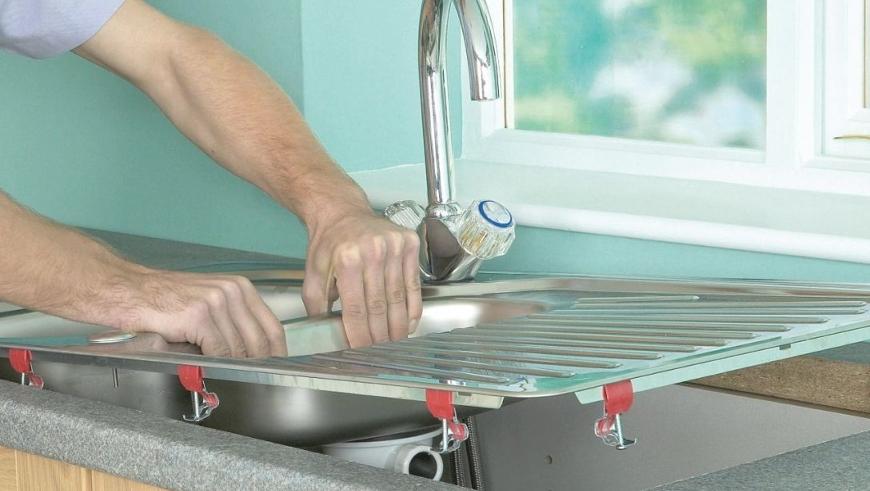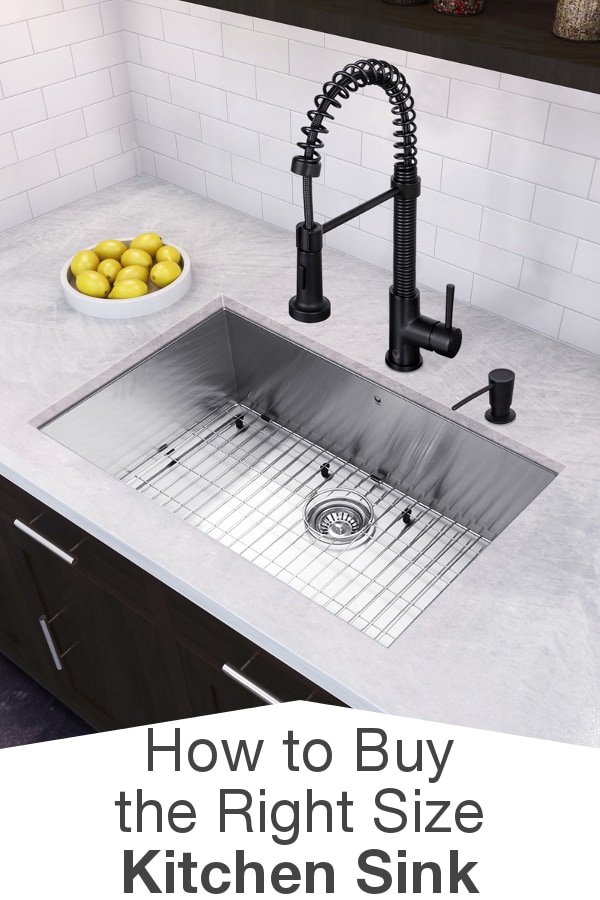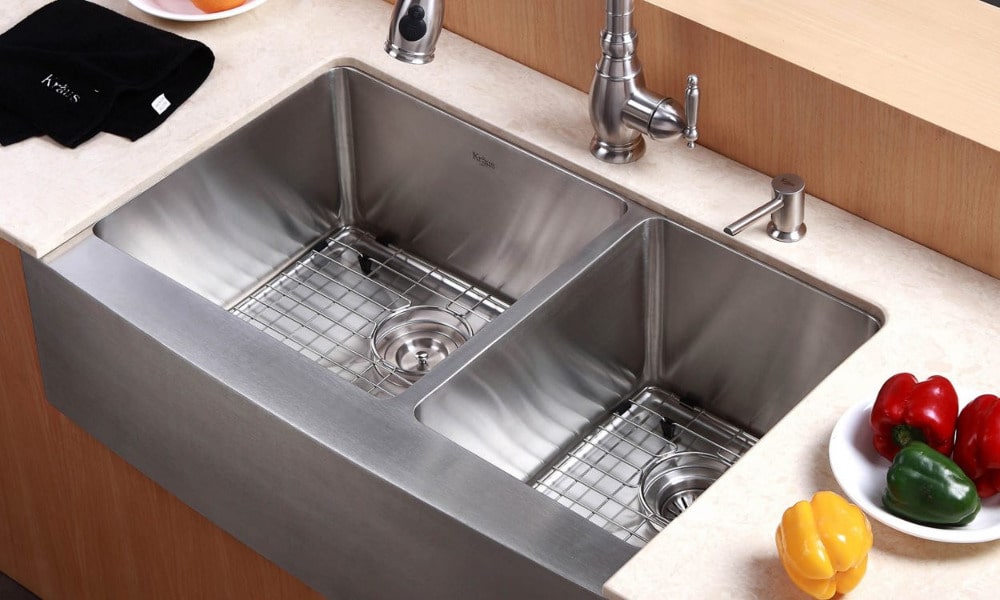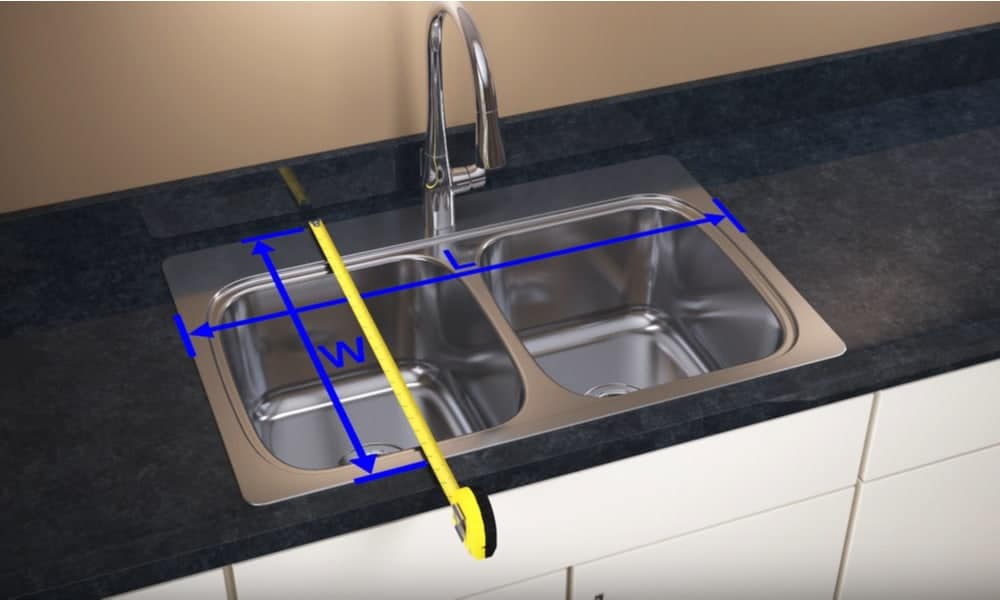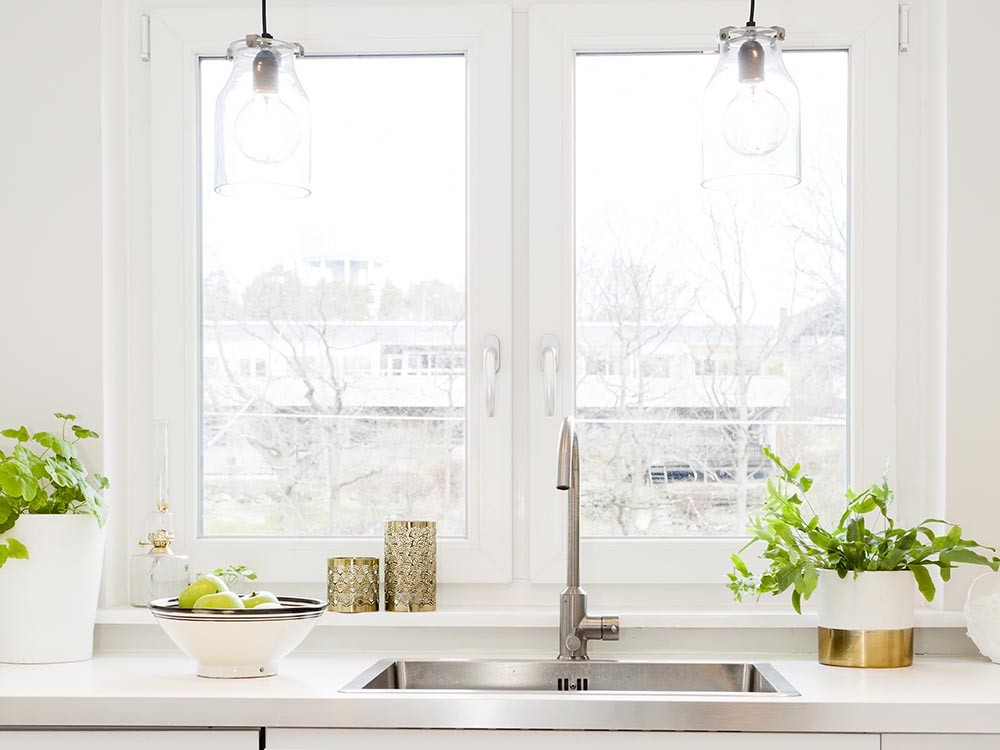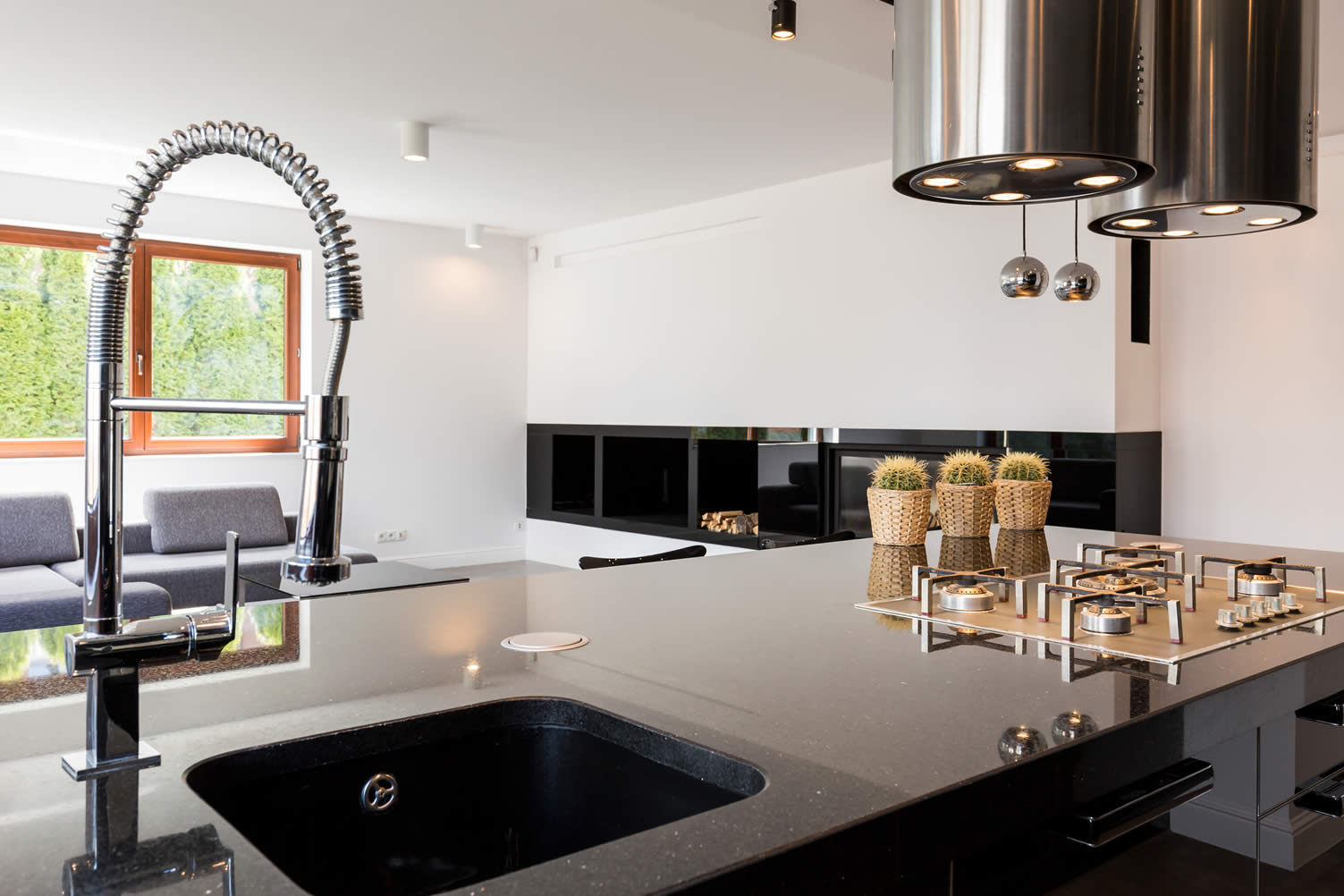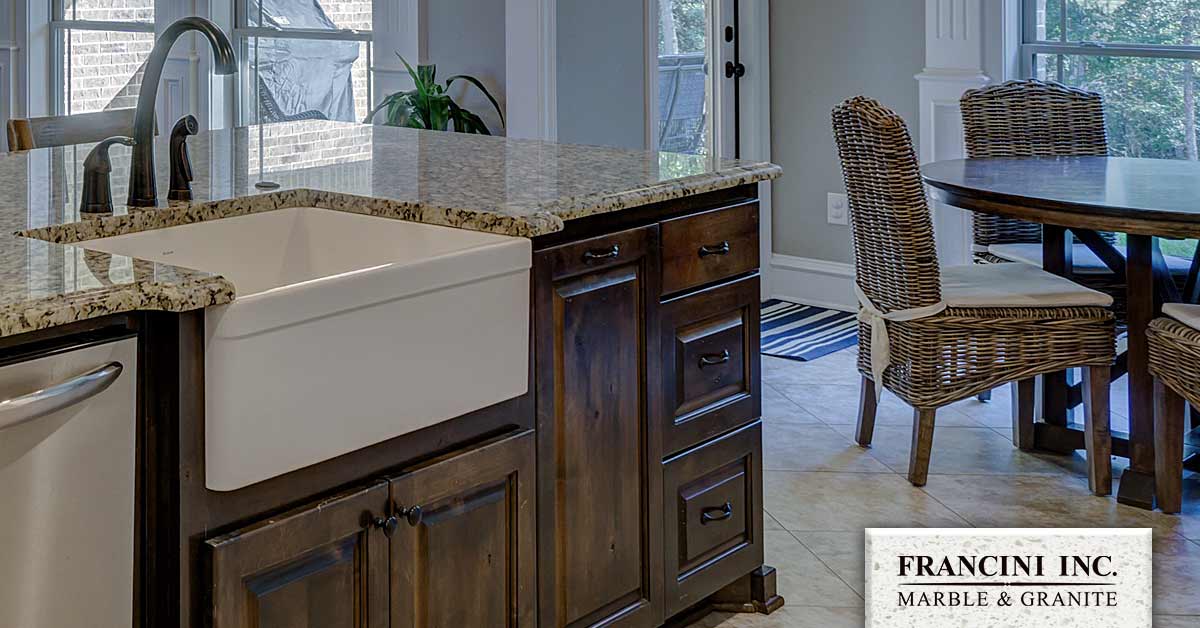Installing a kitchen sink may seem like a daunting task, but with the right tools and a little know-how, it can be a simple DIY project. Whether you're replacing an old sink or putting in a new one, here's a step-by-step guide on how to install a kitchen sink in your home.How to Install a Kitchen Sink
If you're replacing an old kitchen sink, the first step is to remove the old one. Start by turning off the water supply and disconnecting the plumbing. Next, loosen the clips or mounting hardware that hold the sink in place. Once the sink is free, carefully lift it out and set it aside. Now you're ready to install the new sink.How to Replace a Kitchen Sink
Installing a kitchen sink yourself can save you money and give you a sense of accomplishment. To start, gather all the necessary tools and materials, including a new sink, faucet, drain, and plumber's putty. Follow the manufacturer's instructions for your specific sink, but in general, the process will involve attaching the mounting hardware, connecting the plumbing, and sealing the sink in place with putty.DIY Kitchen Sink Installation
Here is a step-by-step guide for installing a kitchen sink: 1. Turn off the water supply and disconnect the plumbing. 2. Remove the old sink and clean the area. 3. Measure and mark the placement of the new sink. 4. Install the mounting hardware according to the manufacturer's instructions. 5. Connect the plumbing and tighten the connections. 6. Apply plumber's putty around the edges of the sink and set it in place. 7. Secure the sink with the mounting hardware. 8. Connect the faucet and drain. 9. Turn the water supply back on and test for leaks. 10. Enjoy your new kitchen sink!Step-by-Step Guide for Installing a Kitchen Sink
Before you begin installing your kitchen sink, make sure you have all the necessary tools and materials. Here are the tools you will need: - Screwdriver - Adjustable wrench - Plumber's putty - Bucket - Pipe wrench - Pliers - Silicone sealant - Measuring tape - HacksawTools Needed for Installing a Kitchen Sink
Here are some helpful tips for installing a kitchen sink: - Read the manufacturer's instructions carefully before beginning. - Measure twice to ensure the sink will fit properly. - Use a bucket to catch any water that may come out of the pipes during disconnecting. - Apply plumber's putty around the edges of the sink to create a watertight seal. - Use a hacksaw to cut any excess length off of pipes or fittings. - Don't overtighten connections as it can damage the sink or pipes.Tips for Putting in a Kitchen Sink
When it comes to installing a kitchen sink, there are a few common mistakes that can be easily avoided. These include: - Forgetting to turn off the water supply before disconnecting plumbing. - Not measuring or marking the placement of the sink before installing. - Using too much plumber's putty, which can cause a messy installation. - Forgetting to connect the drain and faucet before securing the sink. - Not testing for leaks before considering the job done.Common Mistakes to Avoid When Installing a Kitchen Sink
The cost of putting in a kitchen sink can vary depending on the type of sink you choose and whether you hire a professional. On average, a DIY installation can cost anywhere from $100 to $500, while hiring a professional can cost upwards of $1,000. Keep in mind that the cost may also include any necessary plumbing or electrical work.Cost of Putting in a Kitchen Sink
Measuring for a new kitchen sink is an important step in the installation process. To start, measure the length and width of your current sink. If you're replacing an old sink, you can simply use those measurements for your new sink. If you're putting in a new sink, make sure to measure the opening in your countertop to ensure the new sink will fit properly.How to Measure for a New Kitchen Sink
When it comes to choosing the right kitchen sink for your space, there are a few factors to consider. First, think about the style and design that will best suit your kitchen. Next, consider the material of the sink. Stainless steel is a popular and durable choice, while porcelain and granite composite sinks offer a more elegant look. Also, make sure to measure your space accurately to ensure the sink will fit properly. With these tips and a little bit of effort, you can easily put in a new kitchen sink and give your kitchen a fresh, updated look. Remember to always follow manufacturer's instructions and take your time to ensure a successful installation. Happy sink shopping!Choosing the Right Kitchen Sink for Your Space
Why a Kitchen Sink is Essential in House Design
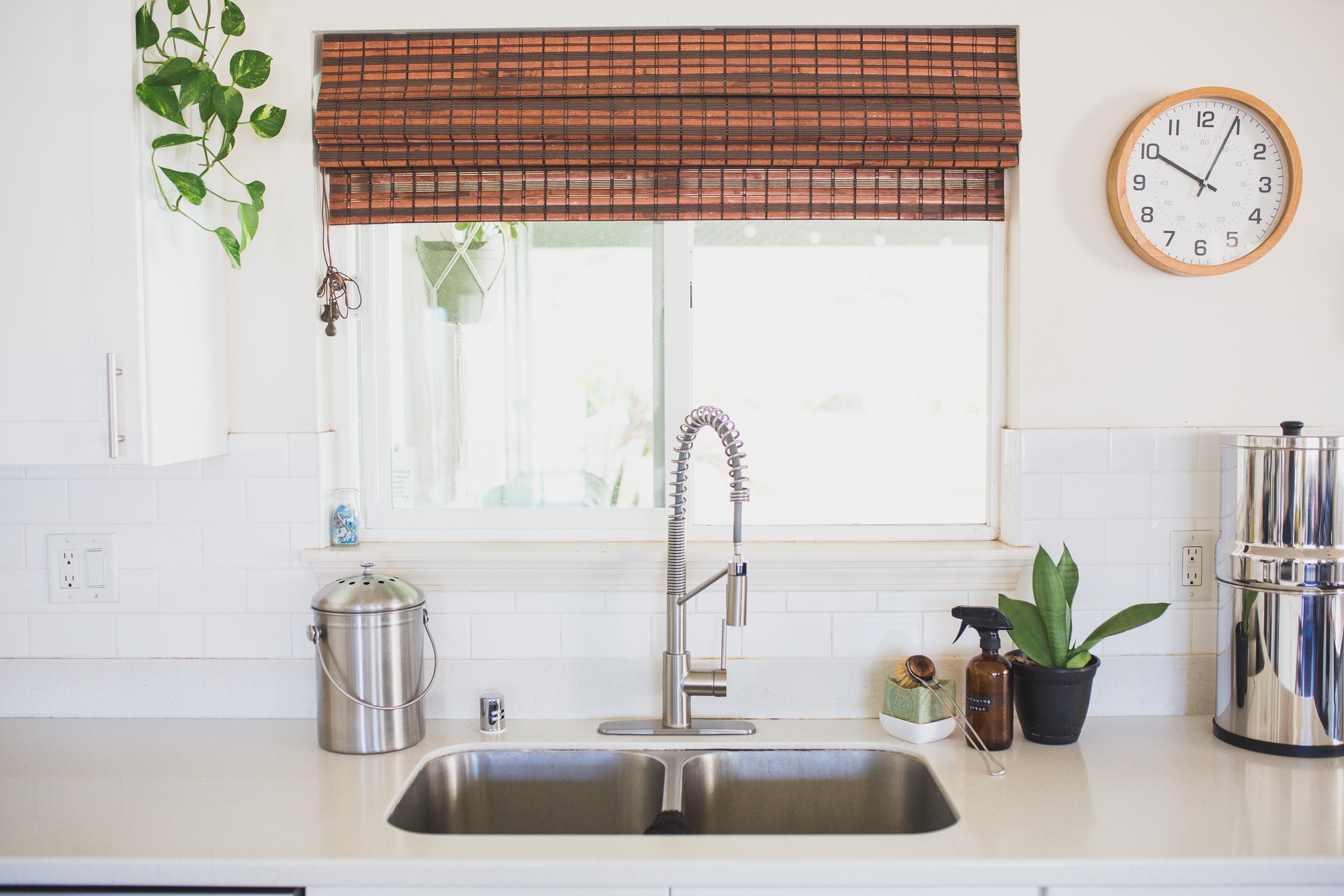
Efficiency and Functionality
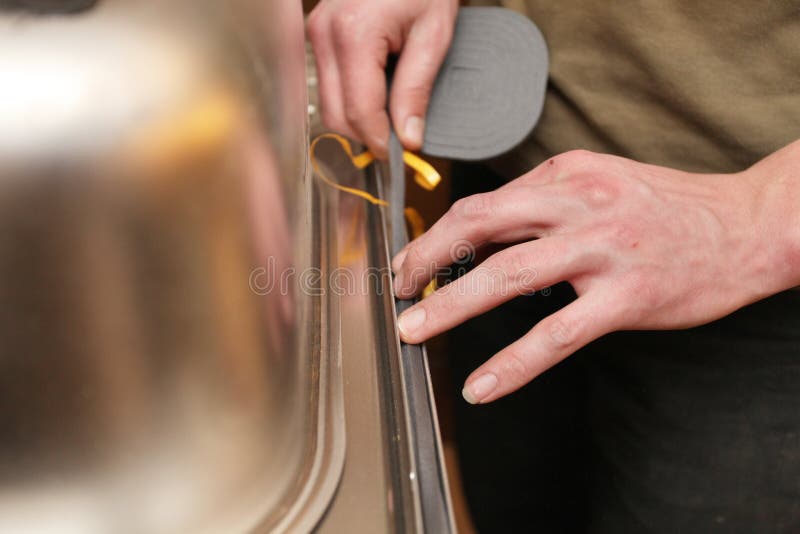 When it comes to designing a house, the kitchen is often considered the heart of the home. It is where families gather to cook, eat, and spend quality time together. That's why it's crucial to have a functional and efficient kitchen, and the
kitchen sink
plays a significant role in this aspect. Not only does it provide a convenient place to wash dishes, prep food, and fill up pots, but it also serves as a focal point in the kitchen's overall design.
When it comes to designing a house, the kitchen is often considered the heart of the home. It is where families gather to cook, eat, and spend quality time together. That's why it's crucial to have a functional and efficient kitchen, and the
kitchen sink
plays a significant role in this aspect. Not only does it provide a convenient place to wash dishes, prep food, and fill up pots, but it also serves as a focal point in the kitchen's overall design.
Aesthetics and Style
 In addition to its practicality, a
kitchen sink
can also add to the aesthetic appeal and style of your kitchen. With various materials and designs available, you can choose a sink that complements the overall look of your kitchen. Whether you prefer a modern and sleek stainless steel sink or a more traditional farmhouse sink, there is an option for every style and taste. The right sink can enhance the visual appeal of your kitchen while also providing its necessary functions.
In addition to its practicality, a
kitchen sink
can also add to the aesthetic appeal and style of your kitchen. With various materials and designs available, you can choose a sink that complements the overall look of your kitchen. Whether you prefer a modern and sleek stainless steel sink or a more traditional farmhouse sink, there is an option for every style and taste. The right sink can enhance the visual appeal of your kitchen while also providing its necessary functions.
Additional Features
Budget-Friendly Option
 Another benefit of incorporating a
kitchen sink
into your house design is that it can be a budget-friendly option. With so many options available in the market, you can find a sink that fits your budget while still meeting your needs and style preferences. Plus, investing in a quality sink can save you money in the long run, as it will last longer and require less maintenance compared to a cheaper, low-quality sink.
Another benefit of incorporating a
kitchen sink
into your house design is that it can be a budget-friendly option. With so many options available in the market, you can find a sink that fits your budget while still meeting your needs and style preferences. Plus, investing in a quality sink can save you money in the long run, as it will last longer and require less maintenance compared to a cheaper, low-quality sink.
Conclusion
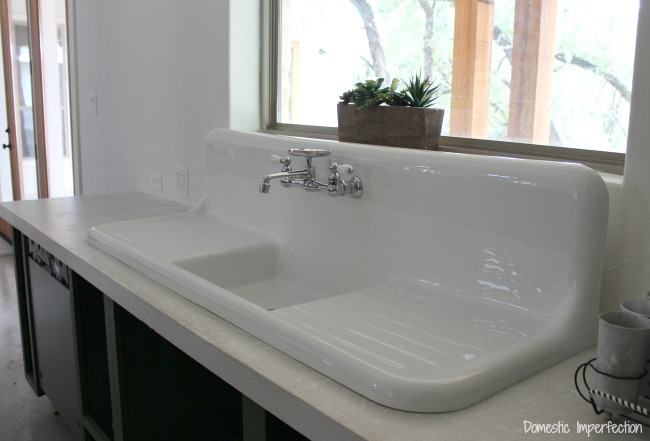 In conclusion, a
kitchen sink
is an essential component in any house design. It not only provides efficiency and functionality but also adds to the overall aesthetic and style of your kitchen. With a range of designs, materials, and added features available, a kitchen sink can fit any budget and elevate your kitchen experience. So when designing your dream house, don't forget to put in a kitchen sink that meets both your practical and visual needs.
In conclusion, a
kitchen sink
is an essential component in any house design. It not only provides efficiency and functionality but also adds to the overall aesthetic and style of your kitchen. With a range of designs, materials, and added features available, a kitchen sink can fit any budget and elevate your kitchen experience. So when designing your dream house, don't forget to put in a kitchen sink that meets both your practical and visual needs.










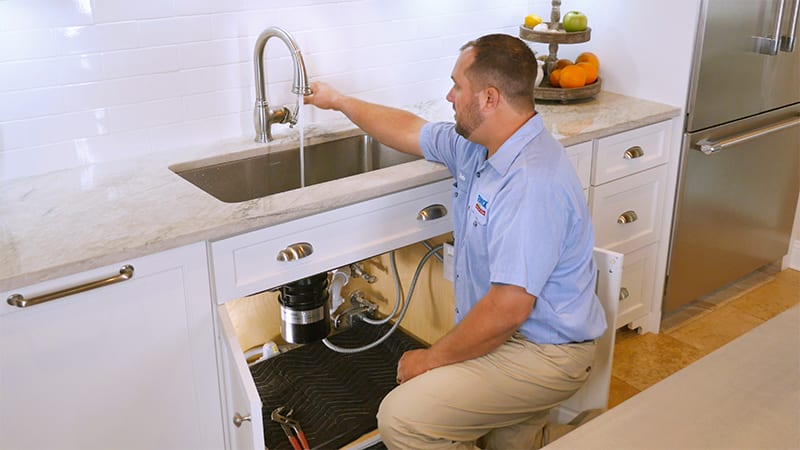


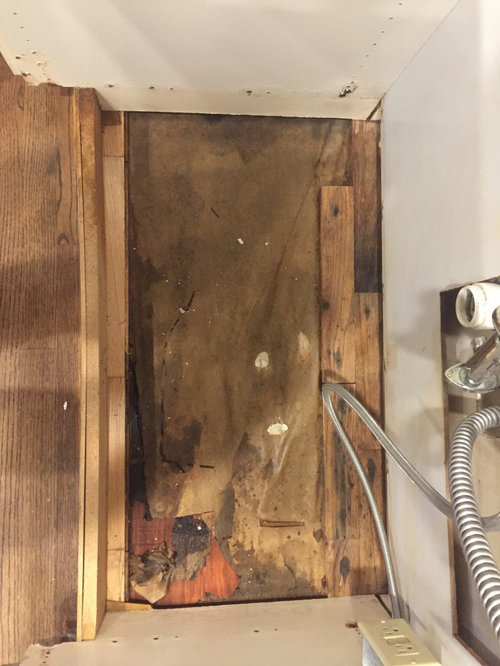






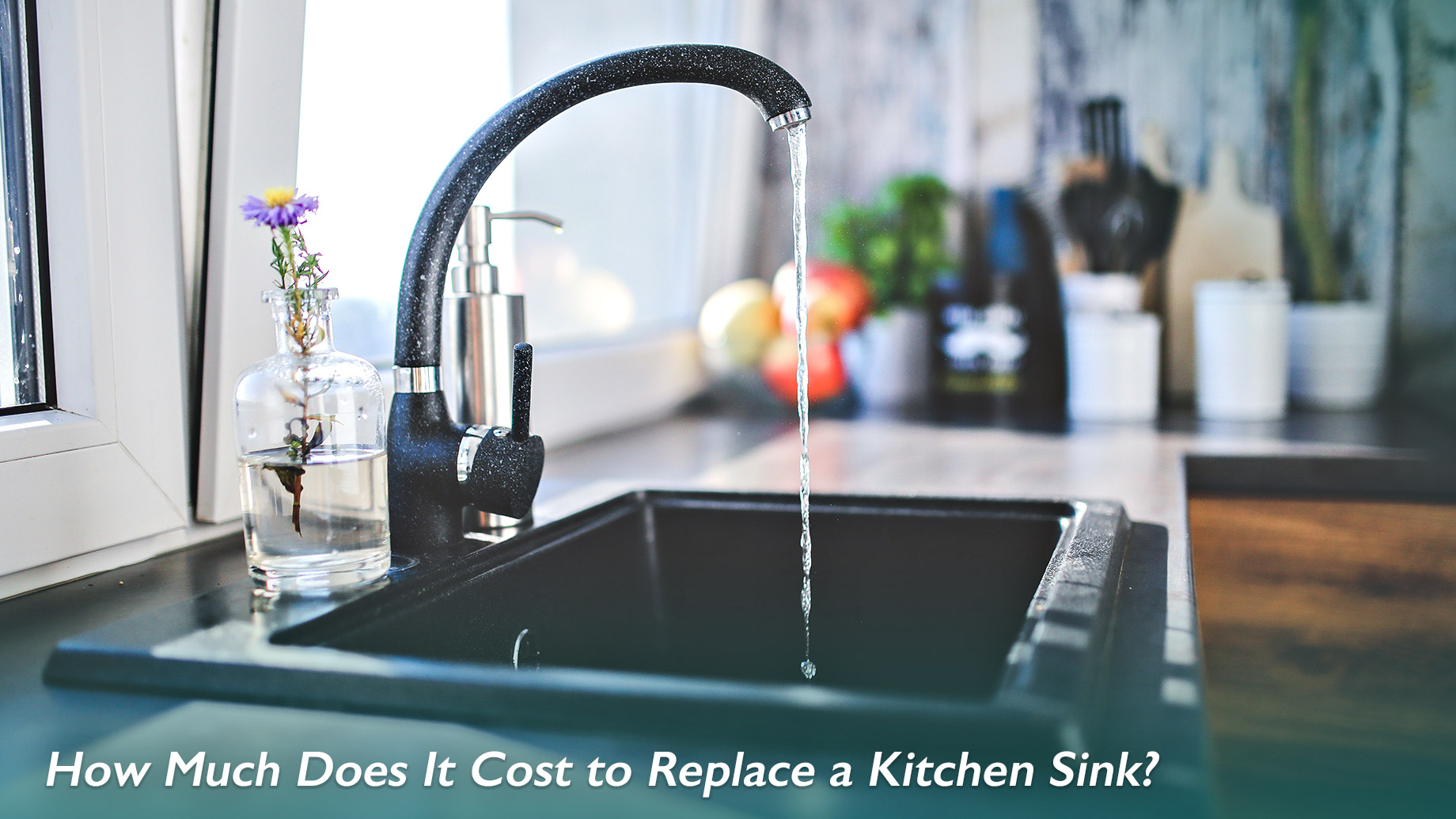

/25089301983_c5145fe85d_o-58418ef15f9b5851e5f392b5.jpg)






:no_upscale()/cdn.vox-cdn.com/uploads/chorus_asset/file/19495086/drain_0.jpg)


